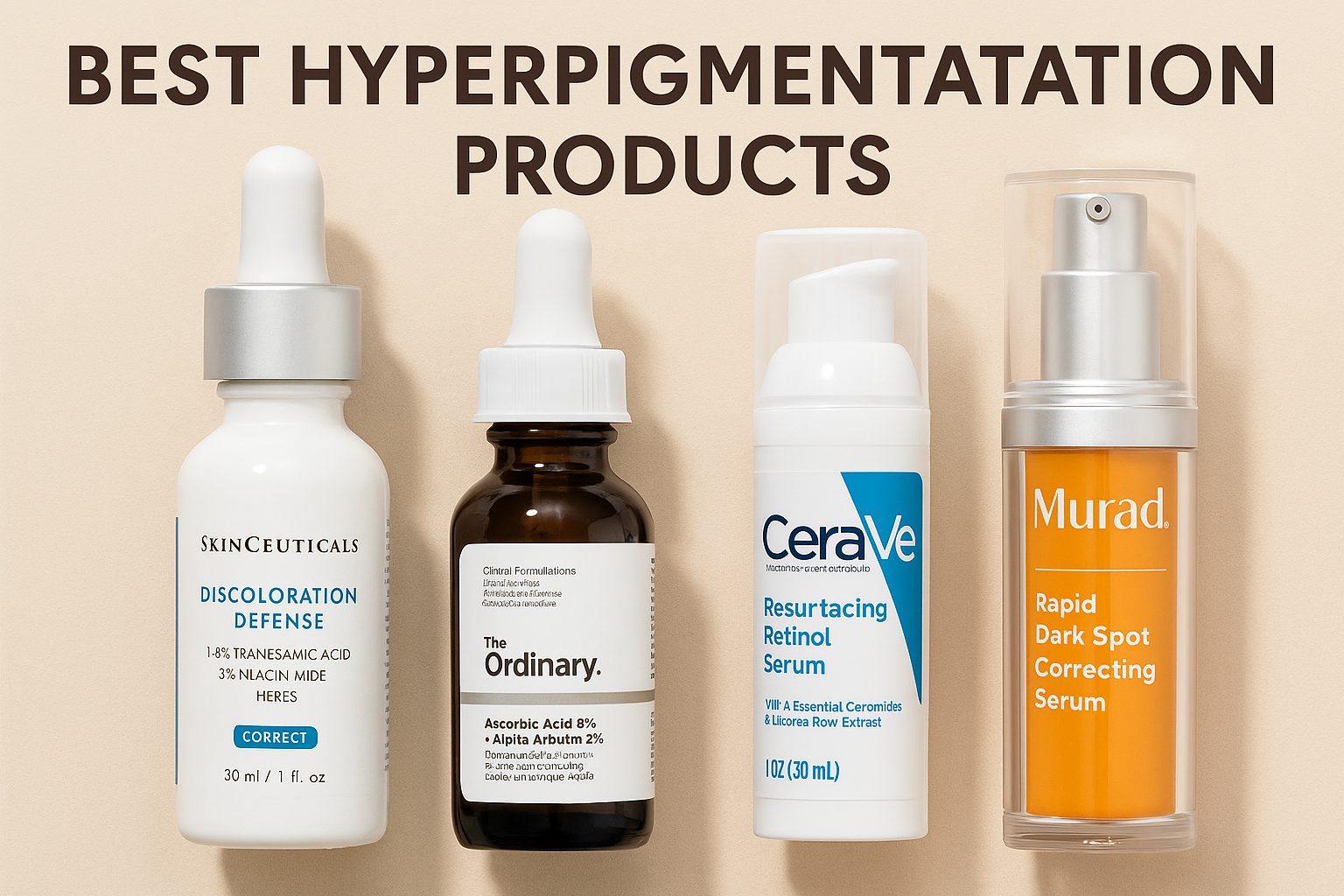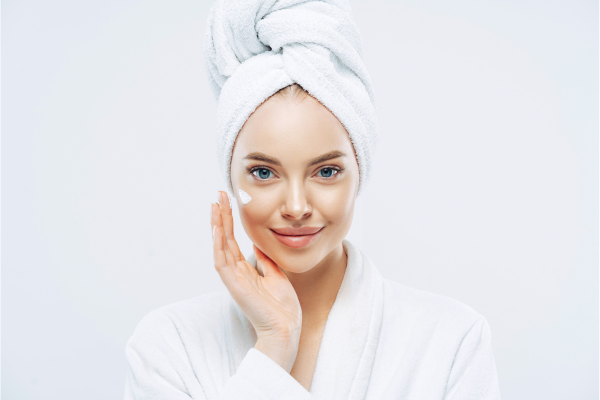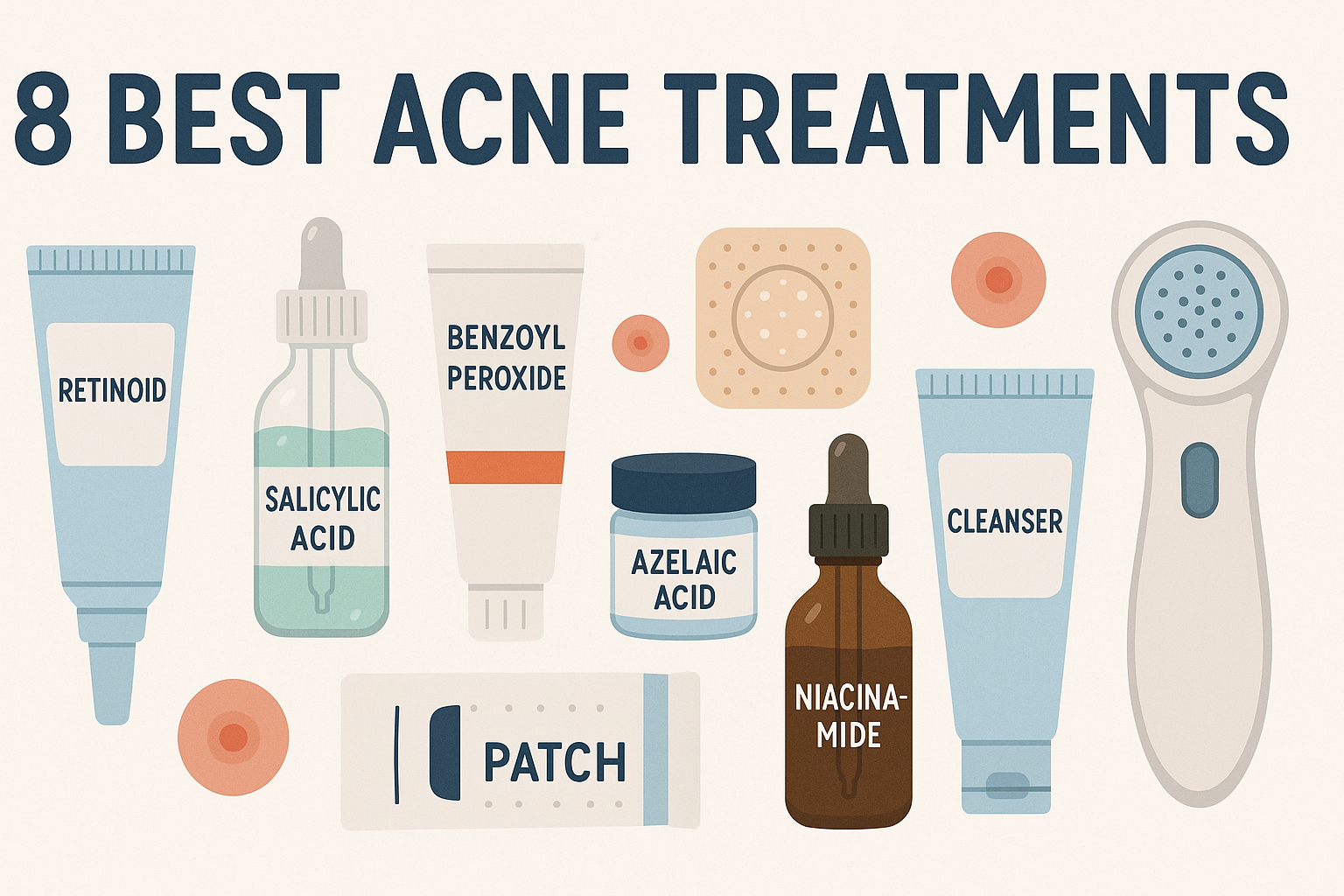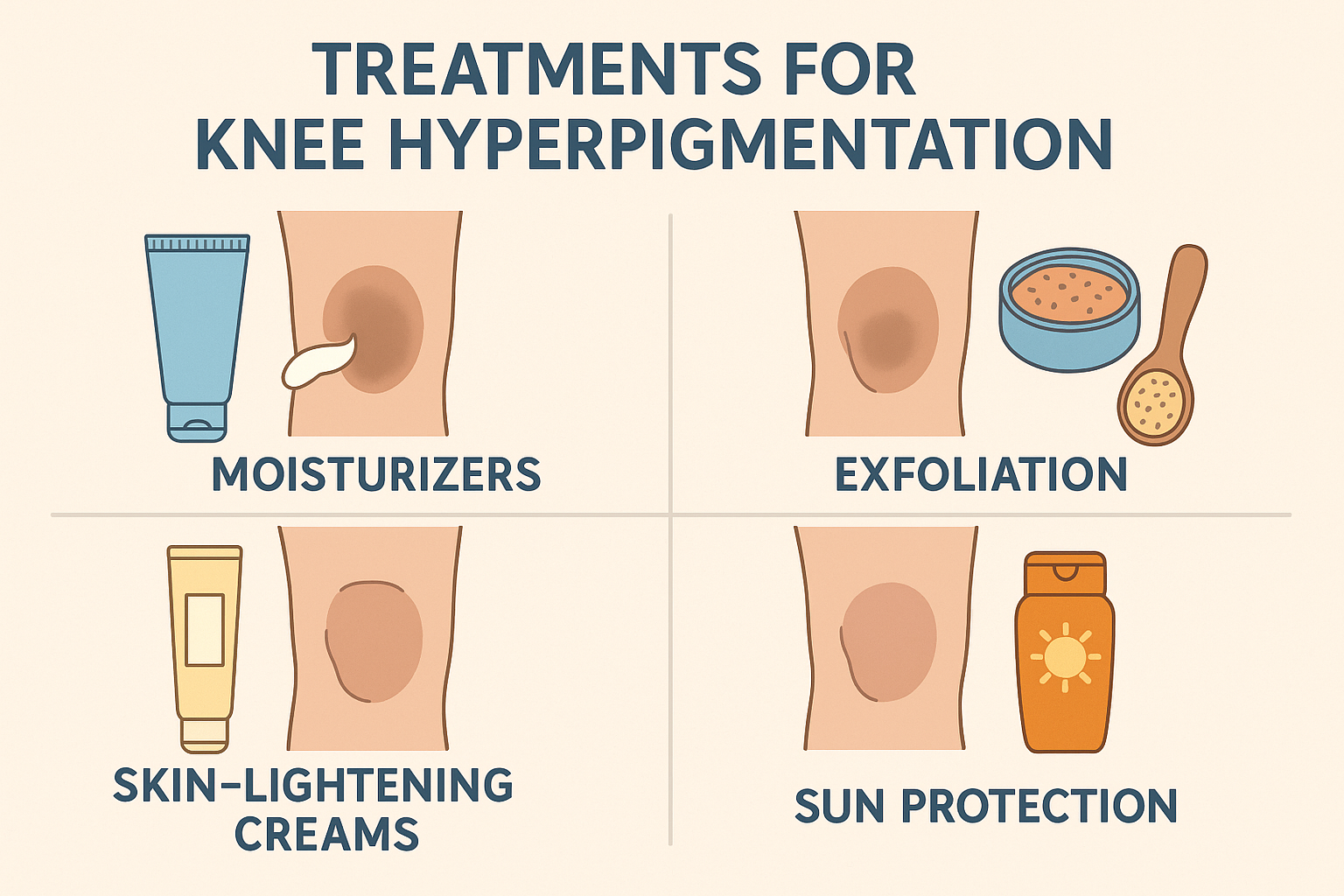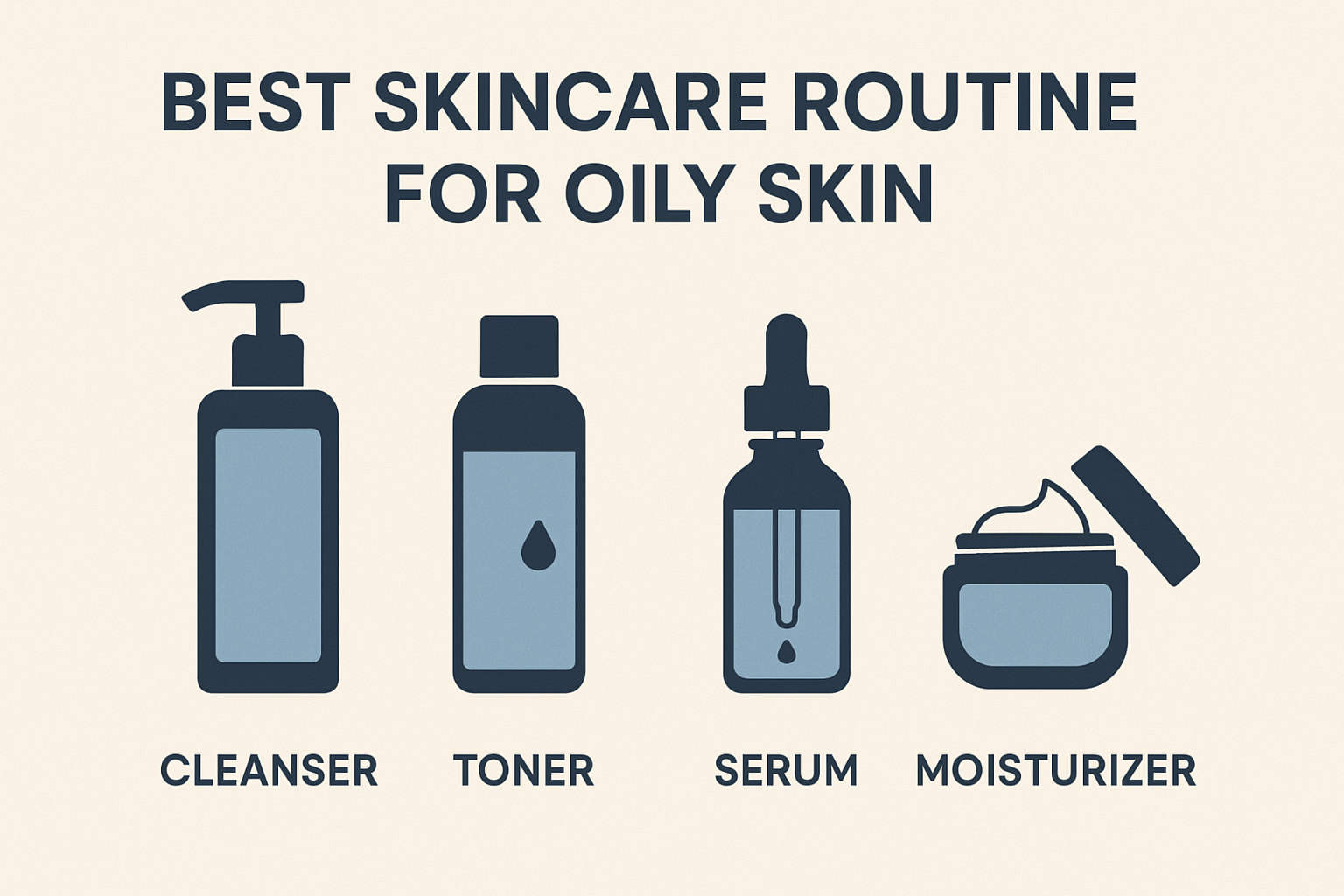Sugar Scrub or Salt Scrub? The Top Choice for Your Skin in 2025

Feeling soft, smooth skin after a body scrub is undeniably satisfying. Physical exfoliation removes dead skin cells and impurities, revealing a refreshed, glowing complexion. Among the most popular choices are sugar scrubs and salt scrubs, both offering gentle mechanical exfoliation, unlike chemical exfoliators like AHAs and BHAs that dissolve dead skin cells chemically.
According to dermatologist Dr. Hadley King, “Regular exfoliation brightens the skin by removing old, dull cells and revealing fresh, new ones.” While both sugar and salt scrubs soften skin and offer soothing benefits, their textures and mineral content differ, making one more suitable depending on your skin type.
To help you make an informed choice, we’ve consulted Dr. King and three other dermatology experts to highlight key differences between salt scrubs vs sugar scrubs, so you can select the right option for smoother, healthier skin.
Salt Scrubs: Detoxifying and Mineral-Rich Exfoliation
Salt scrubs are physical exfoliators using natural salt crystals to polish and rejuvenate the skin. Salt is known for its natural detoxifying properties and unique texture that smooths rough patches. Dermatologist Crumm notes that the benefits vary by salt type:
- Sea salt: mineral-rich, supports skin detoxification.
- Epsom salt: high in magnesium, soothes tired or tense muscles.
- Himalayan salt: nutrient-dense, provides additional skin nourishment.
However, Dr. Polla warns that salt scrubs can irritate dry or sensitive skin. For best results, choose high-quality mineral salts and apply gently. Regular use can leave skin feeling soft, refreshed, and radiant without redness. Salt scrubs are ideal for normal to oily skin types seeking deep cleansing and mineral benefits.
Sugar Scrubs: Gentle Moisturizing Exfoliation
Sugar scrubs are favored for their gentle exfoliation and moisturizing effect. Dr. Hadley King explains that sugar rarely stings, attracts water to the skin, and boosts hydration. It’s also eco-friendly, as sugar dissolves easily in water, making it safer for drains than salt.
Types of sugar influence exfoliation intensity:
- White sugar: soft, suitable for almost all skin types.
- Brown sugar: medium grain, for moderate exfoliation.
- Raw sugar: coarse, for deeper exfoliation.
- Coconut sugar: natural humectant, adds extra moisture.
Dr. Polla cautions against overuse, as excessive sugar may form advanced glycation end products (AGEs), damaging collagen and elastin. Using the right sugar type gently and consistently helps maintain smooth, hydrated, and radiant skin without accelerating aging. Sugar scrubs are perfect for sensitive or dry skin needing hydration alongside gentle exfoliation.
Salt vs. Sugar Scrubs
Selecting between salt and sugar scrubs depends on skin type and treatment goals. Dermatologist Crumm advises:
- Dry or sensitive skin: sugar scrubs are gentler and hydrate while reducing irritation.
- Normal to oily skin: salt scrubs offer stronger exfoliation with mineral benefits.
Consider your skincare objective:
- Detox and muscle relief: Epsom salt scrubs soothe muscles and cleanse deeply.
- Hydration and calming: sugar scrubs nourish and protect sensitive skin.
Avoid scrubbing sunburned, inflamed, or wounded skin, as physical exfoliation may worsen irritation or cause infection. Understanding your skin type and desired effects ensures the best scrub choice—leaving skin smooth, radiant, and healthy without adverse reactions.
How to Safely Make Your Own Salt and Sugar Scrubs
Creating your own body scrubs at home can be fun, but dermatologists advise caution. Dr. Polla emphasizes, “DIY skincare, including scrubs, lacks the scientific formulation of commercial products, making it challenging to ensure safety and effectiveness.”
If you try a DIY scrub, monitor your skin closely. Stop immediately if redness, irritation, or stinging occurs.
For a safer approach, dermatology expert Pink suggests natural ingredients like sea salt, sugar, coconut or almond oil. Key components include:
- Natural exfoliators: salt or sugar, depending on skin needs.
- Moisturizing agents: plant oils to retain hydration.
DIY scrubs can be a fun, occasional addition to your skincare routine, but high-quality commercial scrubs remain the safest choice for consistent exfoliation, skin protection, and mineral benefits. Always patch-test new recipes to avoid irritation.
DIY Lavender and Matcha Sugar Scrub
A gentle, at-home sugar scrub can combine natural ingredients for exfoliation and hydration. This recipe uses coconut sugar, matcha powder, and oils to nourish the skin.
Ingredients:
- 1 cup coconut sugar
- 1½ tsp matcha powder
- 2 tbsp avocado oil
- 3–5 drops lavender essential oil
Instructions:
- Mix sugar and matcha until uniform.
- Add avocado oil and lavender oil; blend well.
- Use immediately or store in an airtight container for up to 7 days.
Coconut sugar acts as a natural humectant, attracting moisture, while matcha provides antioxidants to protect against oxidative stress. Dermatologists recommend massaging gently toward the heart to support circulation. After rinsing with warm water, skin feels soft, hydrated, and radiant.
DIY Basil and Maca Salt Scrub
Homemade salt scrubs offer mineral-rich exfoliation combined with skin-nourishing ingredients. This recipe blends sea salt, maca powder, and natural oils for smooth, revitalized skin.
Ingredients:
- 2 cups unrefined sea salt
- 1 tbsp maca powder
- ¾ cup sunflower oil
- 3–5 drops holy basil (tulsi) essential oil
Instructions:
- Combine salt and maca; crush maca if clumpy.
- Add sunflower oil and essential oil; mix evenly.
- Use immediately or store in a sealed container up to 7 days.
Sea salt exfoliates and delivers minerals, maca provides antioxidants, sunflower oil moisturizes, and holy basil soothes skin while defending against oxidative stress. With gentle, consistent use, this scrub promotes skin that is smooth, refreshed, and radiant without irritation.
How Often Should You Use a Body Scrub?
The right frequency of body scrubbing is key to maintaining healthy skin. Dr. Hadley King warns that over-exfoliation can damage the skin barrier, causing irritation or redness. Proper use helps remove dead cells, smooth texture, and enhance moisturizer absorption.
Recommended frequency by skin type:
- Normal to oily skin: 2–3 times weekly.
- Dry or sensitive skin: once a week with gentle scrubs like sugar scrubs.
- Special conditions (eczema, wounds, inflammation): avoid physical scrubs; consult a dermatologist.
Use gentle circular motions toward the heart to improve circulation. Products like Frank Body Scrub or Himalayan salt scrubs can be safe when matched to skin type and exfoliation needs. Following these guidelines ensures smooth, healthy, glowing skin without damage.
Post‑Scrub Skincare: How to Care for Your Skin
After exfoliation, the skin is more delicate and prone to irritation, moisture loss, and UV sensitivity. Dr. Hadley King stresses the importance of post-scrub care for optimal skin health.
Steps for after-scrub care:
- Rinse with warm water gently to remove residues.
- Apply a humectant-rich moisturizer containing hyaluronic acid, glycerin, or natural oils like jojoba or almond.
- Avoid irritating products such as retinol, AHAs, BHAs, or additional scrubs for at least 24 hours.
- Protect skin from UV exposure using SPF 30+ sunscreen.
Choosing the right moisturizer and sunscreen maximizes scrub benefits, keeping skin soft, hydrated, and radiant. Dermatologists often recommend CeraVe Moisturizing Cream or Neutrogena Hydro Boost Gel-Cream for reliable post-exfoliation care.
Final Thoughts
Selecting the right body scrub—salt or sugar—depends on your skin type, sensitivity, and skincare goals. Salt scrubs offer mineral-rich exfoliation and detox benefits, ideal for normal to oily skin, while sugar scrubs are gentler, hydrating, and suitable for dry or sensitive skin. DIY scrubs can be a fun, occasional addition, but dermatologists recommend high-quality commercial products for safety and effectiveness.
Frequency matters: exfoliating 1–3 times per week, depending on skin type, prevents irritation while promoting smooth, radiant skin. After scrubbing, post-care is essential—rinse gently, moisturize, avoid harsh products, and apply sunscreen to protect the freshly exfoliated skin. Following these guidelines ensures your skin stays soft, healthy, and glowing, maximizing the benefits of every scrub session without causing damage or sensitivity.

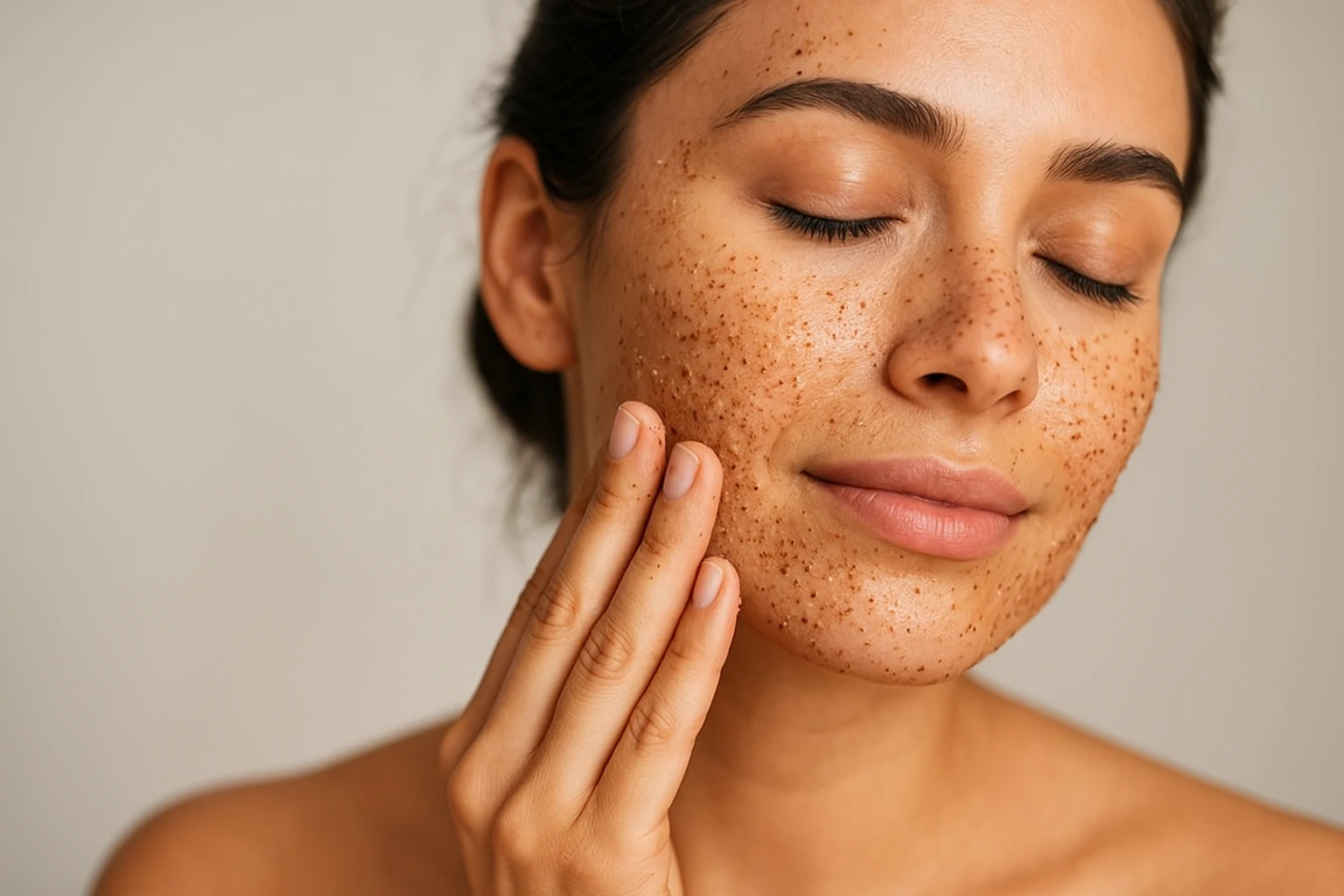
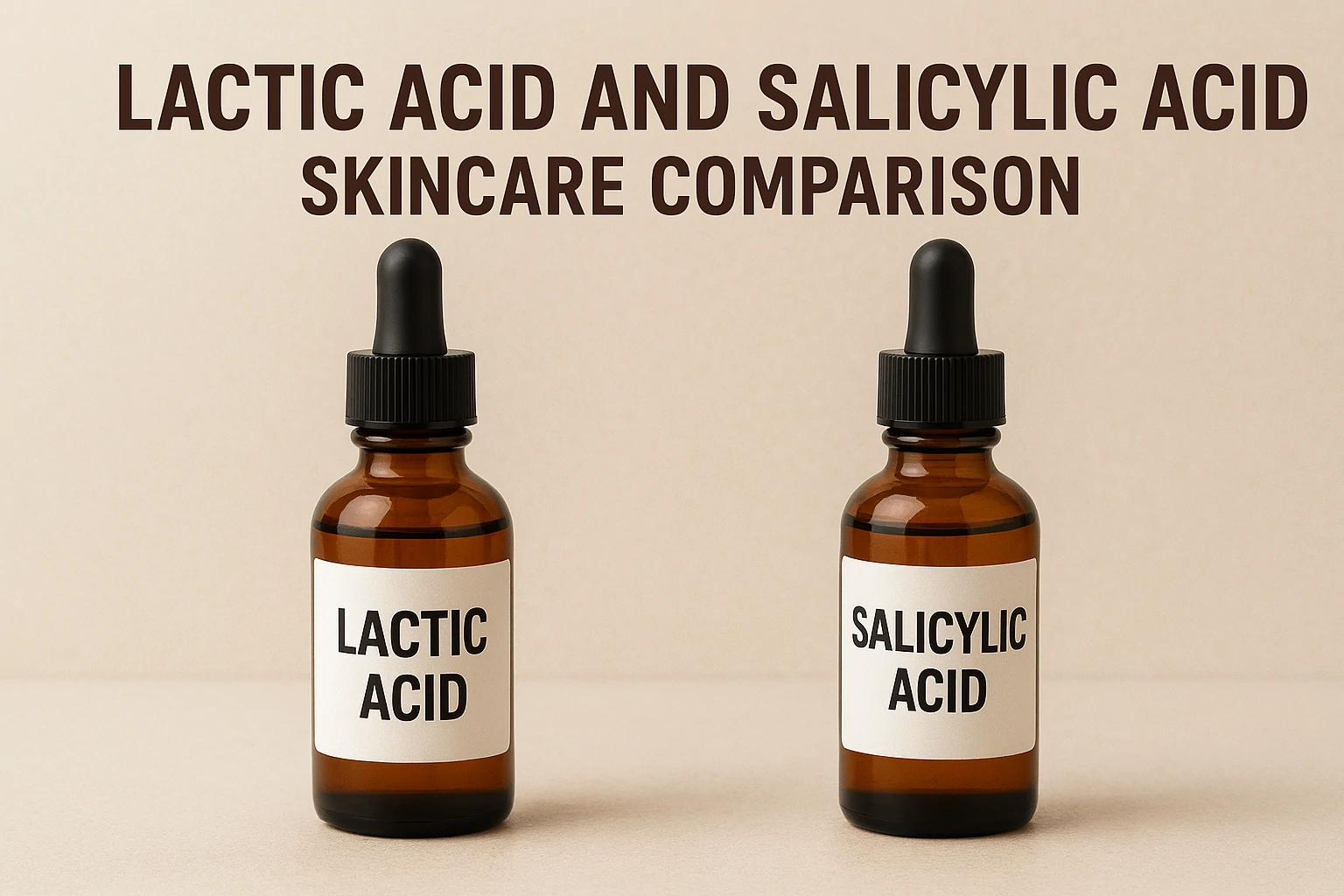
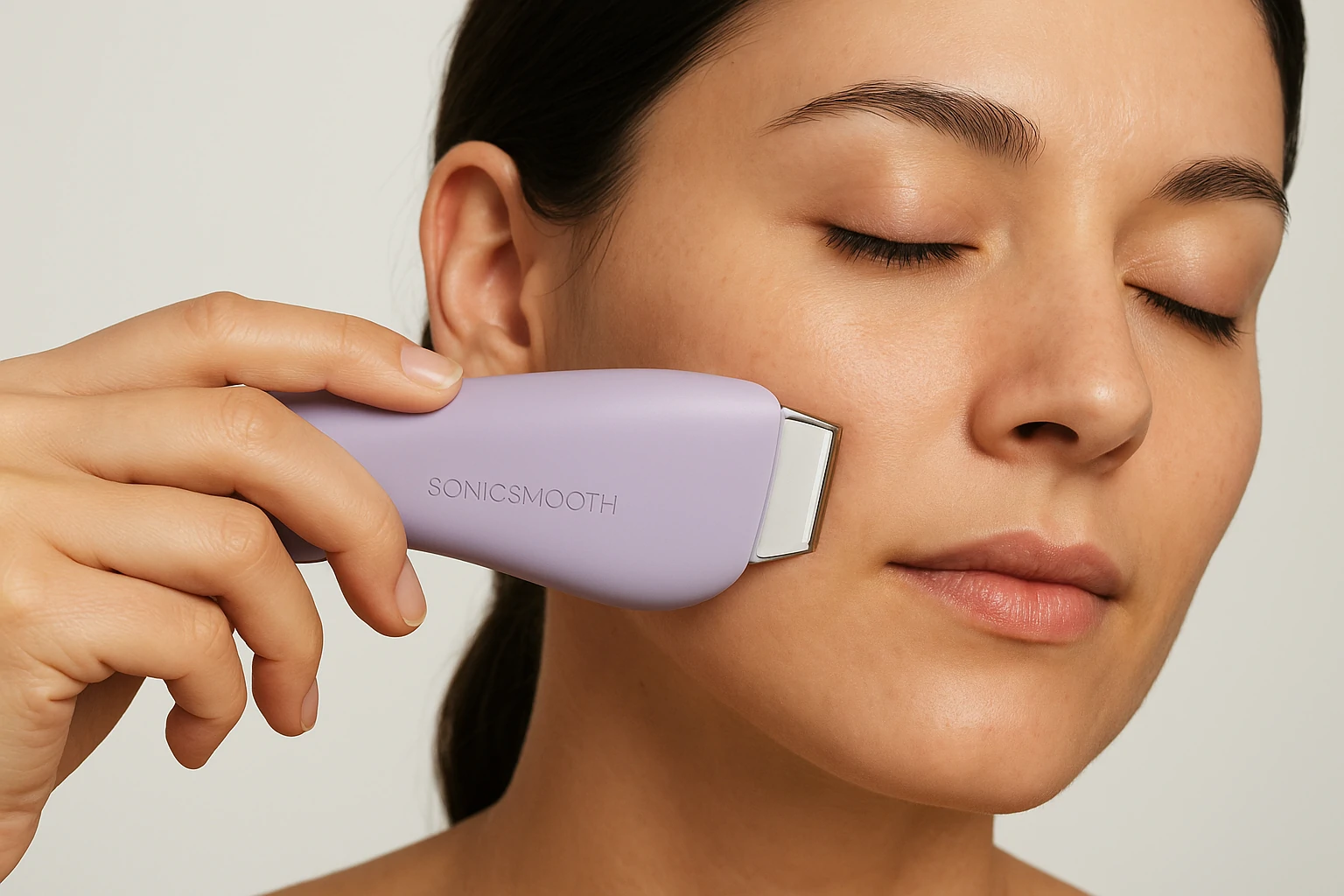

 Acne
Acne Anti-Aging
Anti-Aging Business
Business Digital Marketing
Digital Marketing Economics
Economics Exfoliation
Exfoliation Movies
Movies Personal Finance
Personal Finance Websites
Websites
